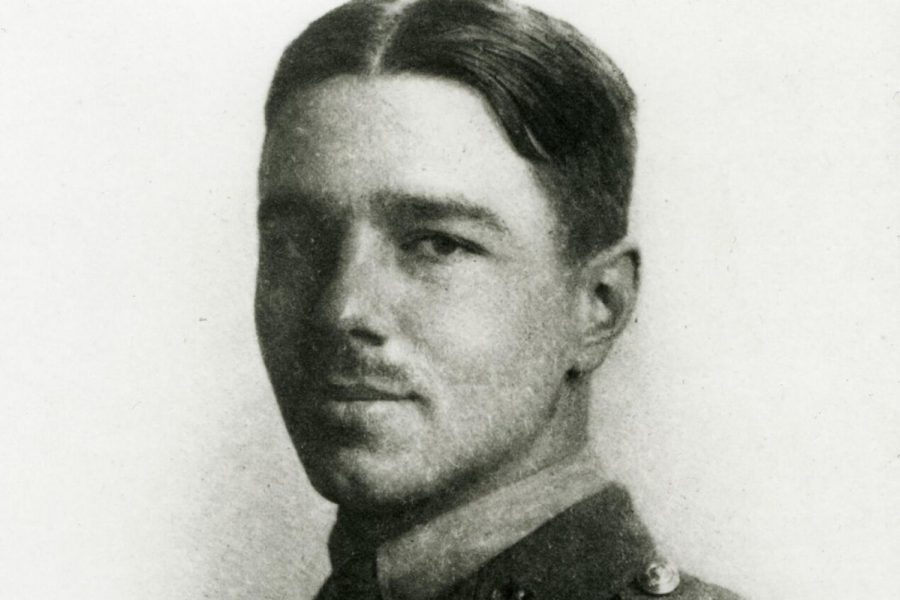Could Two-Way Learning be the Future
Poems written by Wilfred Owen were studied in the Communication of Conflict and Control in both English and History courses.
Almost a century after its inauguration, Graded has been through countless changes. Ranging from innovations regarding its infrastructure to the relocation of its campus, and even the inevitable changes of its faculty. What these improvements have in common is that they are all focused on advancing the students’ education. This is evident, for example, when examining how teachers are consistently trying to implement new ways of teaching, in order to improve the experience of students in school, and effectively prepare them for the outside world.
In the last year, changes have been made in the High School IB History department. A new course was offered to the Class of 2021: the Communication of Conflict and Control. This class is a combination of an English and History course taught by both Amos Van Die and Philip Altman. With that, The Talon set out to better understand the intentions of this course, and how it has been integrated into Graded.
The course aims to integrate historical content when examining the works of various literary authors. In doing so, the class incorporates the expectations of both into one, while still remaining as distinct blocks.
Students who join the class are ones that demonstrate a personal interest in History. However, what sets their experience apart from other IB History students is that with English they are given the opportunity to analyze and gain a deeper understanding on the various perspectives of historians, civilians, and those previously in power.
Even though the expectations of English and History students may be very different, the combination of the course provides for a more focused study. Thus, the students are able to make a greater analysis of the things being learned in both classes. This was the case when students were studying the practices of World War I in History and were simultaneously examining the different works of poets who had fought in various countries at that point in time.
In his interview with The Talon, Mr. Van Die mentioned that one substantial difference seen in the English program was the use of chronology in the study of the different novels. This highlights the uniqueness of this course. He also reported that the shared classroom allows students to be more familiar with each other. As a result, “you have as a group a deeper and richer understanding of the context of these works of literature.” Mr Van Die explains how studying literature of a specific time in History and focusing it on a specific type of group, makes the students surpass the accomplished level of learning previously attained in other courses. Mr. Van Die also added that “having another teacher who specializes in a complimentary, but different subject, allows me some flexibility and makes me think of insightful ways of looking at a problem from a different angle.” He expressed that the merging course was beneficial to the educators as well as the students, as they are able to learn and grow from the experience.
When asked to give her perspective, one of the students enrolled in the course, Margaux Hollard, stated that “the new teacher dynamic is truly beneficial for us students, who get insights from professionals of different areas and are able to learn in a more flexible way”. She says that it is also better in regards to summative assessments because they are related, and so the students can understand the topic studied both in a historical context and a literary perspective. Overall, with both students enrolled in the class, and the teachers giving positive feedback, this way of teaching could be extended to other subject areas across Graded.

Returning for her final year of High School, Allegra is a second year Talonista, but this time, she's working in the POV section. Why? Because Allegra...








